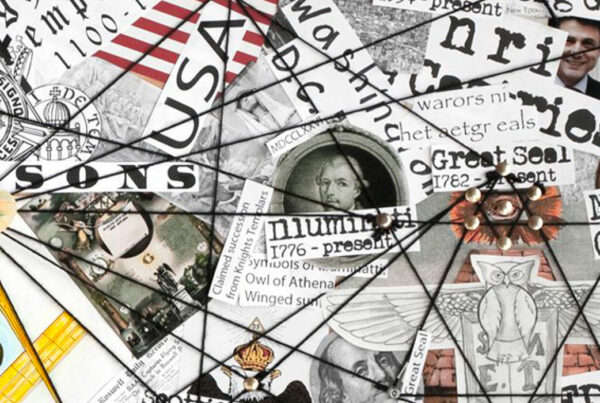1- What is anchoring bias?
Anchoring bias is a cognitive bias that influences our judgment by anchoring us to initial information, which serves as a reference point from which we evaluate all subsequent information. In other words, anchoring is the effect produced by an initial figure, an initial estimate, or even an initial impression that determines how we will evaluate subsequent information, even if it is actually very different.
This bias can occur on various scales: from price negotiations to complex decision-making, anchoring bias is omnipresent in our daily lives. This initial anchor acts as a kind of reference point, and our perception is often disproportionately influenced by this initial piece of information.
2- Why does this bias exist?
Anchoring bias is a natural cognitive strategy. Our brains like to use reference points to simplify decision-making. They often rely on initial information to make quick decisions. This reduces cognitive load by allowing us to focus on elements we already know, rather than starting from scratch for each new situation.
The problem lies in the fact that this initial element may be completely irrational or irrelevant. Despite this, it profoundly influences our judgment and our evaluation of the information that follows.
Examples of anchoring bias in everyday life
– Price negotiation: When a salesperson starts by offering a high price, this “anchor” influences how we perceive the actual price of the product. For example, an item marked at $100 but sold for $70 seems much cheaper than an item marked directly at $70, even though both items are worth exactly the same price.
– Consumer decisions: Imagine you see a dress for $200, then you see another one for $100. The price of the $100 dress may seem reasonable in comparison, even if it is still too expensive for your initial budget. The anchor here is the $200 price tag.
Salary evaluations: During a job interview, if the employer starts by offering a higher salary than you were hoping for, you may be more likely to accept a less favorable offer than you would have without that anchor.
3- Anchoring bias and fake news
In the context of fake news, anchoring bias plays a crucial role. When individuals are in a state of uncertainty, they seek cognitive anchors, even absurd ones (a completely random element can influence their response).
During health crises, such as COVID-19, certain misinformation about the origins of the virus or unproven treatments (such as hydroxychloroquine) act as an initial anchor that influences people’s perceptions. A person who is exposed to false information at the beginning of a pandemic, such as the suggestion that the virus was intentionally “manufactured,” will be more inclined to accept other theories that reinforce this view.
4- Anchoring Bias and AI
Anchoring bias can also manifest itself in interactions with AI. When an AI model provides an initial response, it becomes an “anchor” that influences subsequent decisions. The user may then tend to focus on this first option and ignore other possible solutions, even if they are more relevant.
This phenomenon is reinforced by factors such as lack of time or information overload, which often prevent the initial response from being reevaluated. One study showed that when people take more time to think about the responses provided by AI, they adjust their decisions better, thereby reducing the impact of anchoring bias.
Therefore, to prevent AI from overly influencing decision-making, it is crucial to compare several options and avoid fixating on the first answer given.
5- How can we limit the impact of anchoring bias?
There are several strategies to mitigate the impact of the anchoring bias and make more balanced decisions:
– Recognize the bias: Being aware of the existence of anchoring bias is the first step to limiting its influence. When an initial piece of information seems to disproportionately affect your judgment, it is important to pause and reassess the situation.
– Consider multiple perspectives: To avoid being trapped by an anchor, it is essential to actively seek alternative information or to reframe the question from several angles.
– Delay decision-making: If possible, wait before making an important decision. Time often allows us to question the initial pieces of information that acted as anchors.
– Use counter-anchors: Try to propose information or an estimate opposite to the initial anchor in order to rebalance the judgment. For example, if a seller starts by offering a high price, systematically ask for an alternative estimate or explore other options.
Anchoring bias is a powerful force that subtly but significantly influences our decisions. Whether it concerns prices, political decisions, or even simple everyday judgments, this tendency to latch onto the first piece of information can have a considerable impact. By being aware of this bias and actively seeking to mitigate it, we can make more informed decisions that are less influenced by potentially misleading initial reference points.






